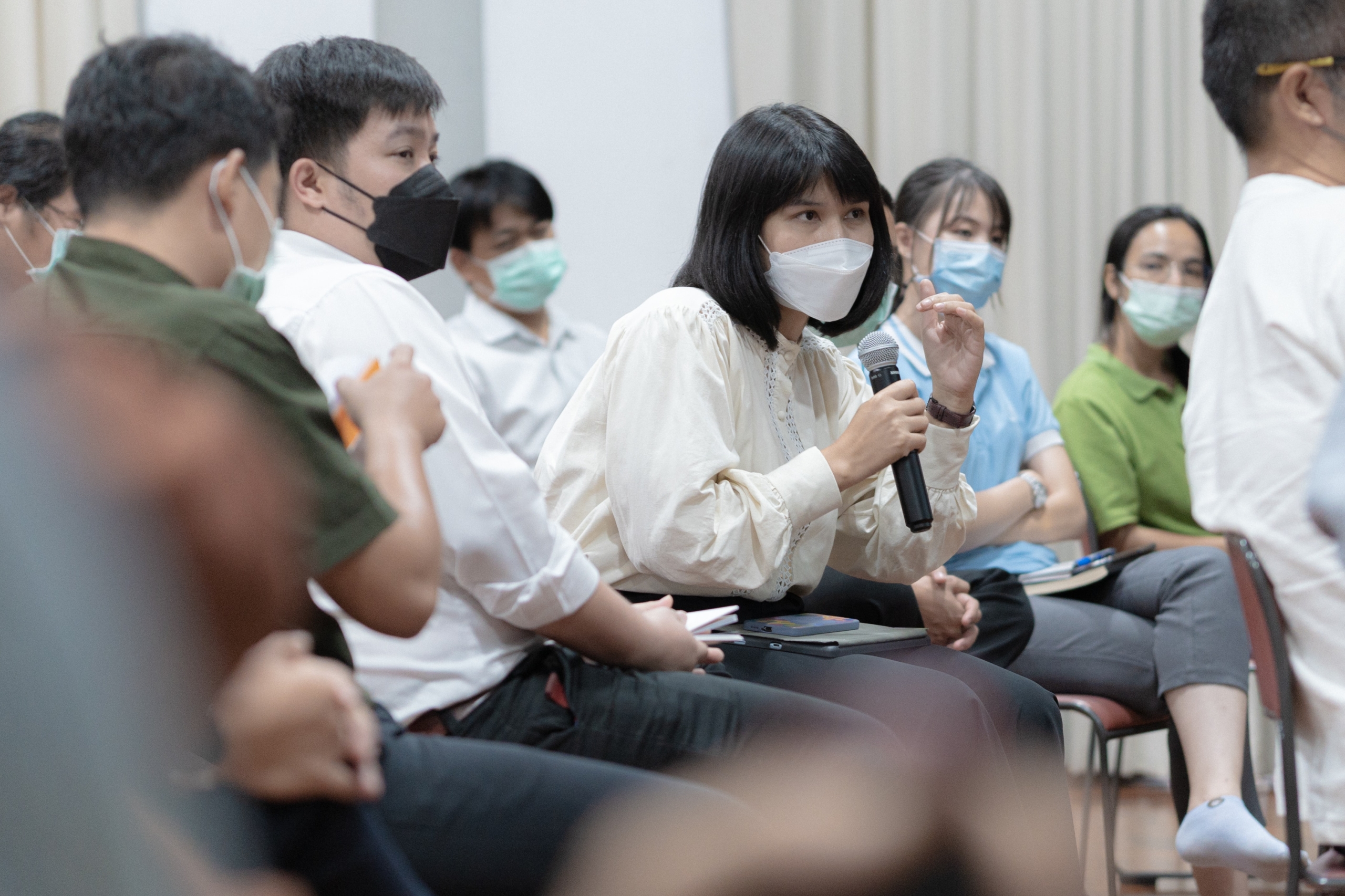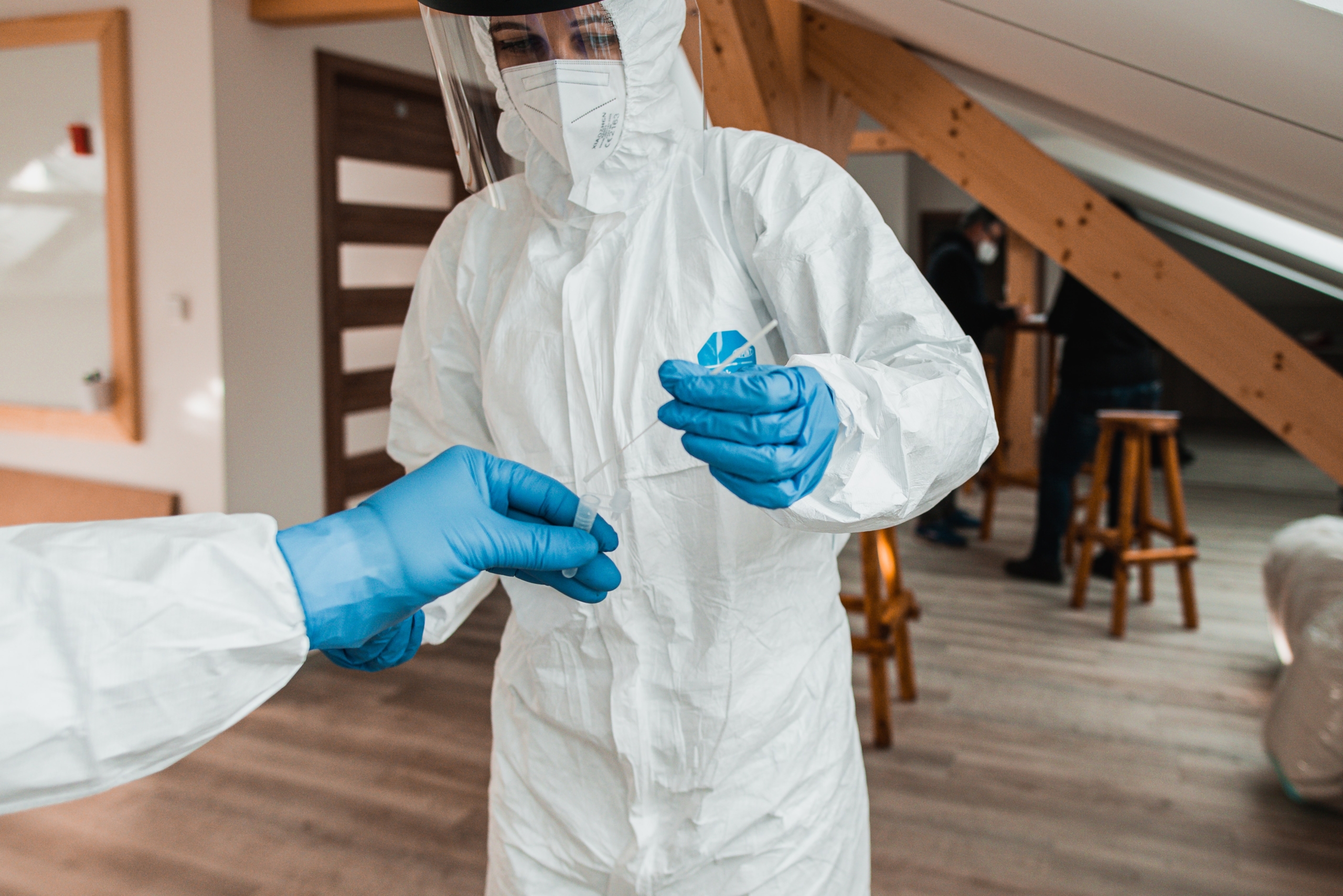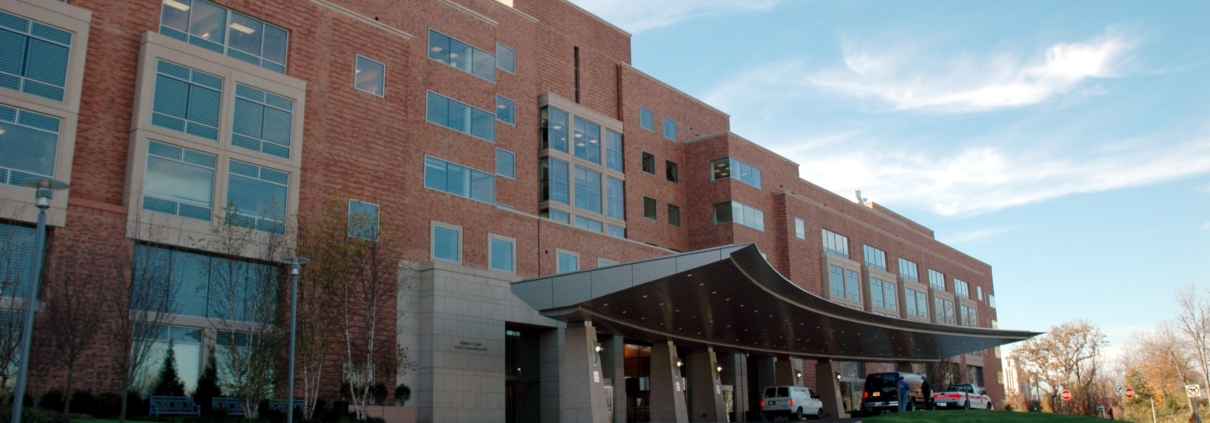Are Omicron’s Subvariants a Problem for Long-term Care?
It will be coming up to a year since we have been introduced to the more transmissive strain of COVID-19, known as Omicron. In this span of time, we have dealt with a few waves of Omicron, mainly due to the spread of its different subvariants. While Omicron in general tends to have a lower mortality rate than the variants that came before it, it is highly contagious. This combined with the dropping of many mandates and the reduction in people using masks has made it quite easy for Omicron’s subvariants to spread quickly.
To the general vaccinated population, this is usually more of an inconvenience than a severe danger, but for some people the subvariants still pose a threat. As was the case early on during the pandemic, those most at risk are usually older or they are immunocompromised. It just so happens that the two very often go hand-in-hand, and there is no place more likely to have immunocompromised seniors than a long-term care facility.

What are the Newest Omicron variants?
The newest subvariants of Omicron are named BA.4 and BA.5 and at the current time BA.5 is the one that makes up the largest number of COVID-19 cases. In mid-September, of all the cases identified by Health Canada, 88% were BA.5 and just 9% were BA.4. Currently, the number of COVID-19 cases and hospitalizations are increasing rapidly. This is largely due to the highly contagious nature of both the BA.4 and BA.5 subvariants.
What Sorts of Vaccines are available for Omicron?
Recently, two options that both offer better protection than the original series of vaccines have been approved for use in Canada. First, Moderna’s bivalent vaccine was given the okay by Health Canada. That vaccine, called Spikevax, protects against the original virus and the Omicron subvariant BA.1. The most recent vaccine that Health Canada approved was Pfizer’s bivalent COVID-19 vaccine. That vaccine targets the original strain of COVID-19 as well as the most recent Omicron subvariants BA.4 and BA.5. Moderna’s vaccine has been authorized for use in those 18 years and older, while Pfizer’s can be used for people 12 years and older. Both of these vaccines are only available to the general public as boosters, meaning that people still need to get their main series vaccines (the ones that only target the original strain of COVID-19) first, before they can get the bivalent shots.
What are the Dangers to Residents in Long-term Care?
As mentioned previously, the newest Omicron subvariants tend to be highly transmissible, and while they may not have the same mortality rates as the COVID-19 variants of old, they can still be a problem for those who are immunocompromised, like many seniors. To avoid bringing these subvariants into long-term care settings, there are still masking policies in place for these locations. These masking policies typically target either visitors or staff to long-term care facilities, and are meant to act as preventative measures that will decrease the odds of a mass outbreak occurring. Large outbreaks were an issue earlier in the pandemic, and they are something that all long-term care facilities wish to avoid.

What are the Masking Policies being used by Long-term Care Facilities?
The masking requirements for long-term care facilities in Ontario have changed recently, on October 14th, 2022. There is now more of a focus on allowing residents to see visitors without masks. However, masking is still being recommended. Below are the masking policies for long-term care homes in Ontario:
- Medical masks must be worn by all staff and visitors upon entering a long-term care facility, regardless of what their vaccination status is and whether or not the facility is having an outbreak. Their masks can be removed upon entering a resident’s room, but it is still recommended that they remain masked.
- Masks do not need to be used outdoors, but are still recommended for when close to other people.
- A mask can be removed for eating but only in specific spots that are approved for that purpose.
- Residents of the long-term care facility do not need to wear a mask while in their homes, but are always encouraged to wear one while interacting with other people, including staff, other residents and visitors.
- For residents that have a shared living space, it is recommended that the long-term care facility have a space where residents can interact with their visitors without having to wear a mask.
- Staff must always follow the requirements of the long-term care facility that they work for, regardless of where they are in the building. Staff should maintain a distance of two meters from other staff and persons while on break. Staff should also be physically distanced while eating and drinking.
- Staff are recommended to not remove their mask when with residents.
Exceptions to the above rules that apply to long-term care facilities will usually apply to children who are less than the age of two, entertainers, or people who fall into a category outlined by either the Accessibility for Ontarians with Disabilities Act, 2005, or the Ontario Human Rights Code. A long-term care facility should always have policies that deal with people who have genuine difficulty wearing a mask.
Does wearing of Masks Help those in Long-term Care?
Masks, especially those that offer a good amount of protection like N95 masks, act as a barrier that can prevent infection. Infection is usually most likely in indoor settings that have poor ventilation, especially when people are in close proximity. A resident of a long-term care facility is very likely to be close to those providing care while indoors. These same staff are usually the ones who enter the long-term care facility from external settings. By placing a barrier between a resident and a member of staff the odds of COVID-19 entering the home and spreading goes down dramatically. Masking still remains an excellent option to protect yourself and those around you in places other than long-term care facilities.

How does COVID-19 Screenings Work for Long-term Care Facilities?
Staff and visitors do not have to do active COVID-19 screening. Active screening used to involve having to confirm either in-person or online that you had no symptoms and that you had not been close to someone who was sick. Instead, people will now self-screen for symptoms. Furthermore, long-term care facilities no longer have to conform to the four-visitor maximum requirement that had been in place for the last while. However, if there is a COVID-19 outbreak or someone has been put into isolation because of COVID-19, only caregivers will be allowed to visit, and only if essential. Finally, Residents coming back from absences will not have to test for COVID-19 unless they are symptomatic or fail a screening.
I Either Work for a Long-term Care Facility or I Would Like to Visit one, Where can I Get a Mask Fitting done?
We offer mask fitting for N95 masks, the type of mask you would likely want to use to protect yourself and those around you. N95 masks are a great choice to use for visiting a long-term care setting. Even something like a KN95 mask is a great alternative to an N95 mask, and while not approved by NIOSH, they are almost identical in what they offer when compared to N95 medical masks. We also offer mask fitting for various other types of masks and industrial respirators that you may need or encounter in other workplace settings. Take a look at our mask fit services here. If you are interested in purchasing a mask or any other related items, then take a look at our online store at your leisure. Remember, masking is the easiest and most effective way to protect yourself and those you love.





Leave a Reply
Want to join the discussion?Feel free to contribute!